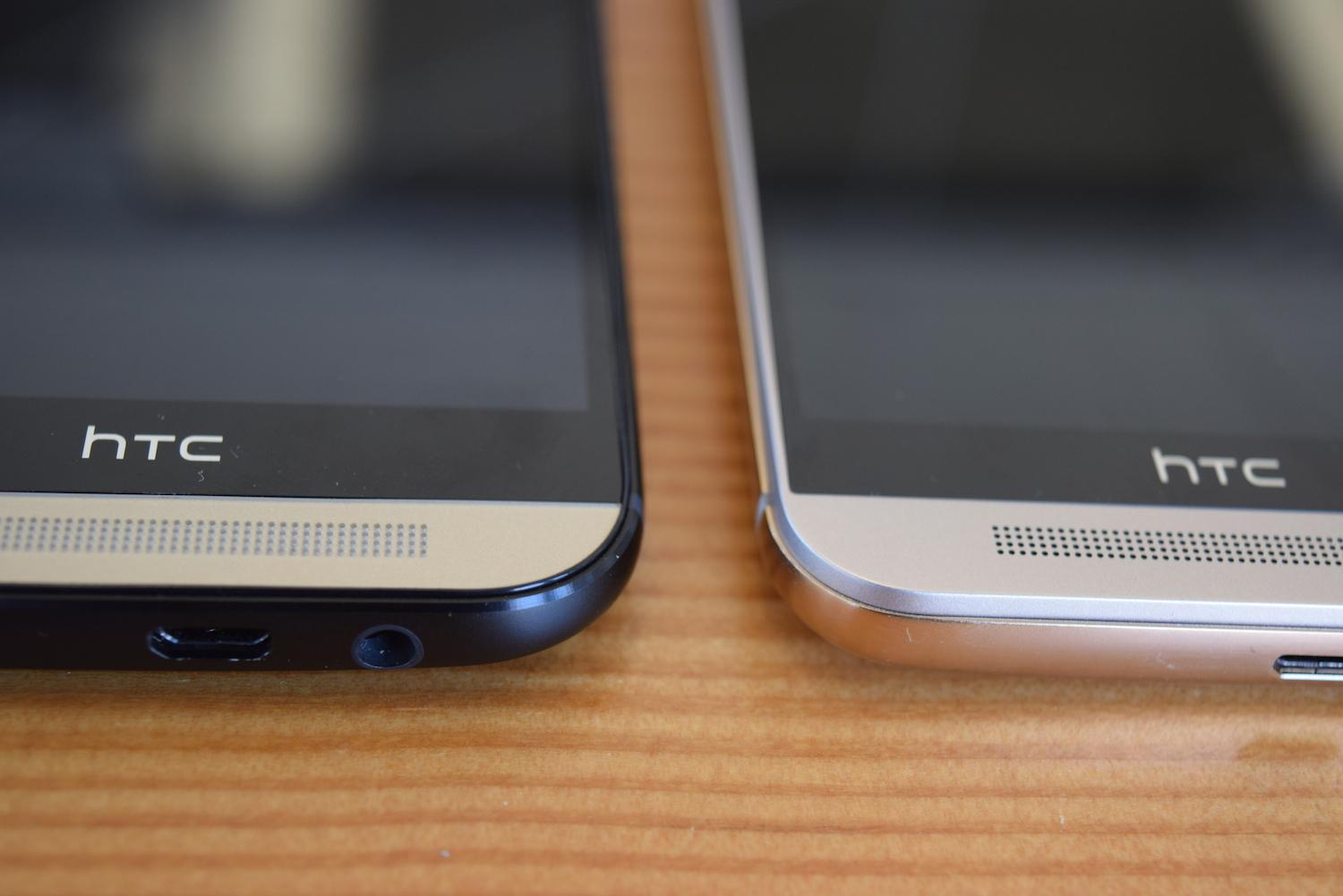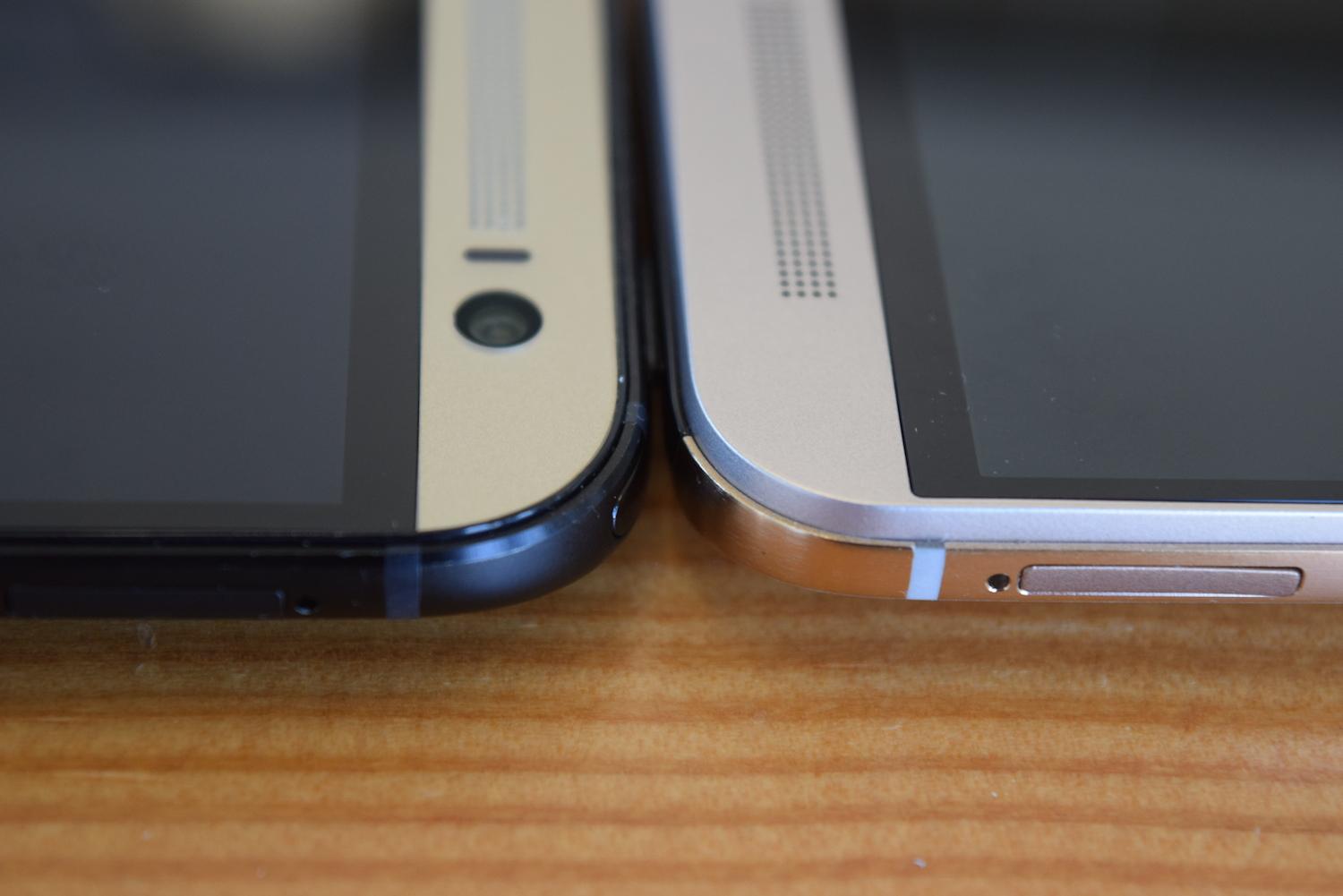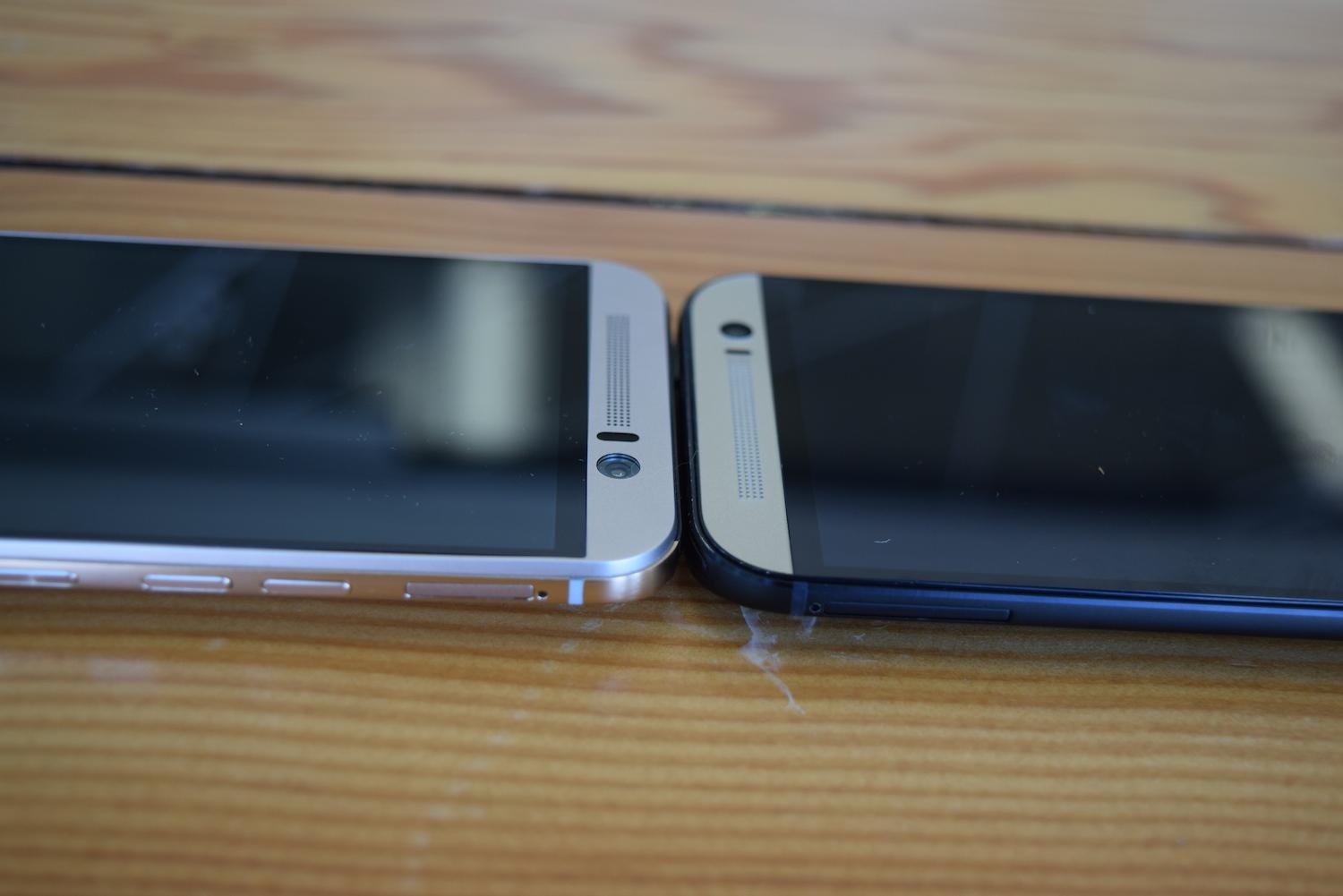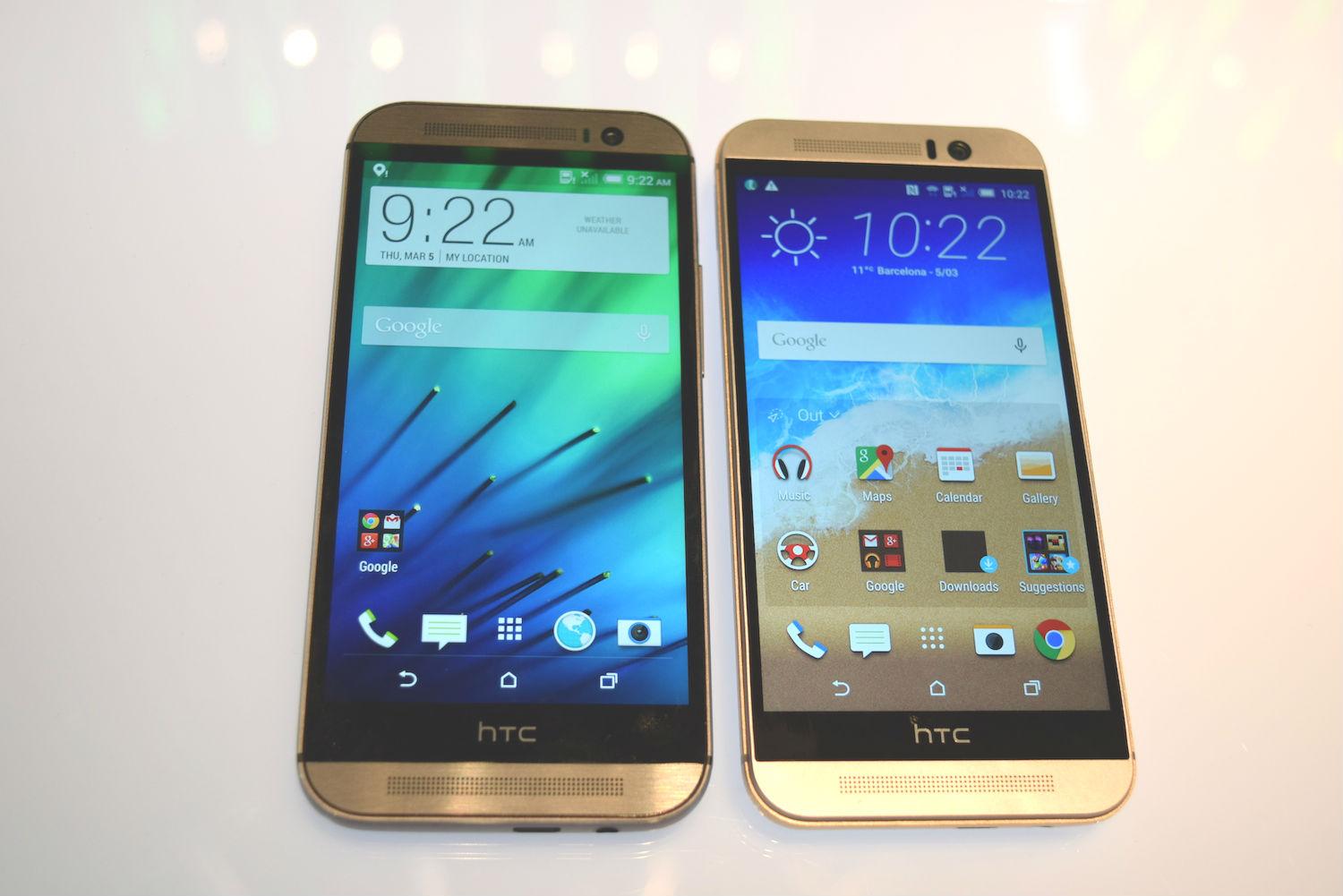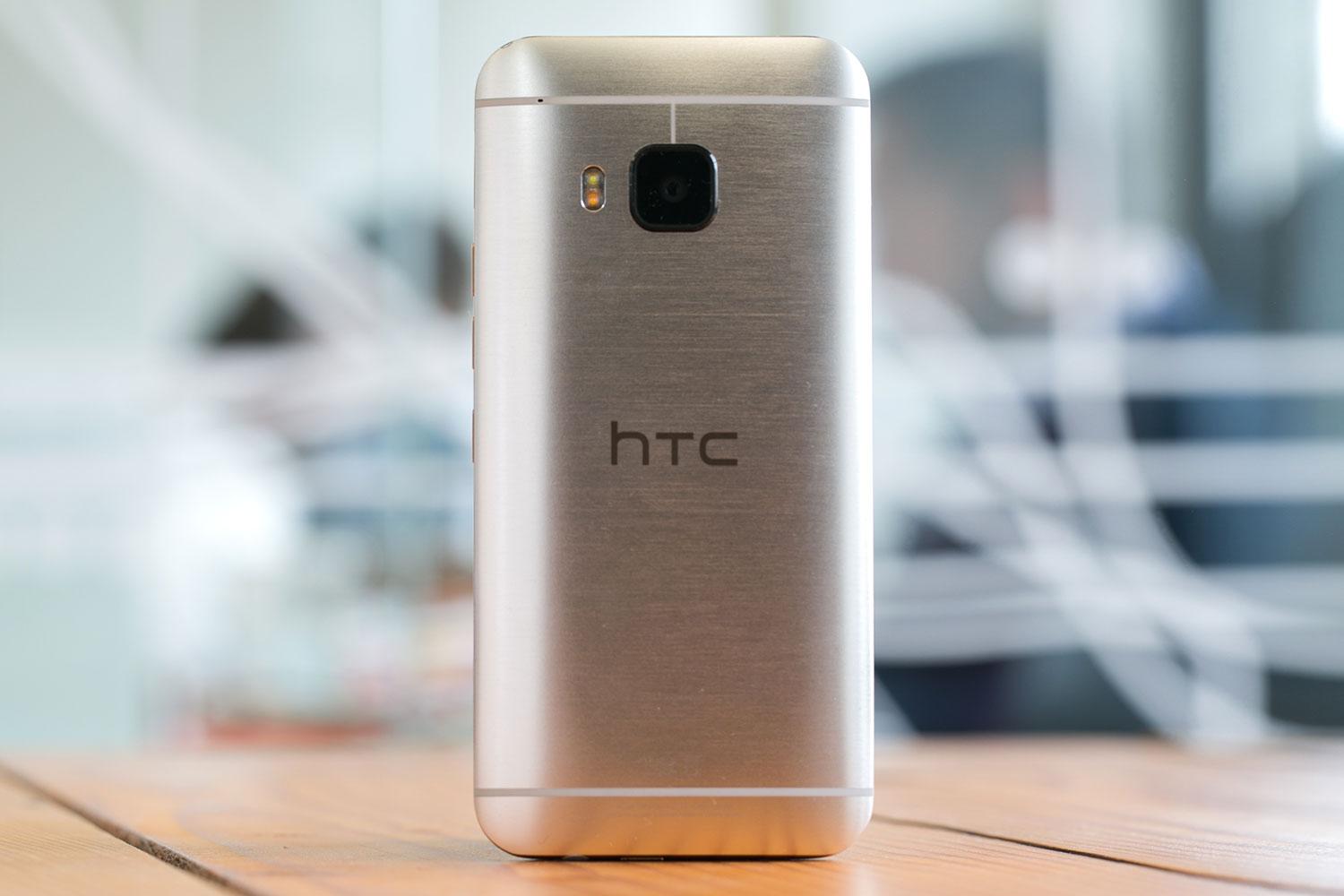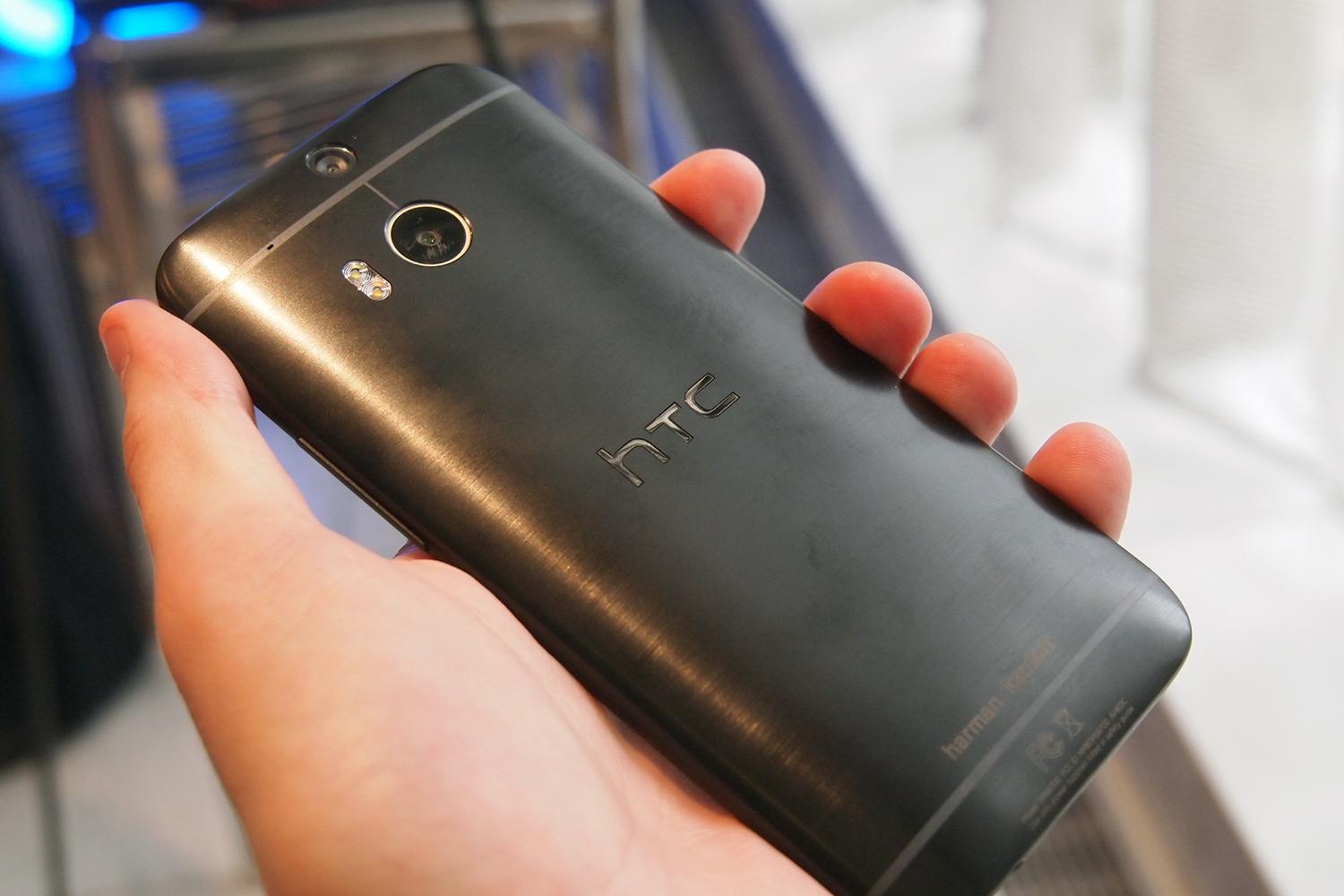
Instead, it’s a steady, incremental improvement added to a line of phones that has chugged along with a kind of quiet consistency. It always makes the year’s “Best” lists, and it always leaves consumers satisfied. The M9 showed up at Mobile World Congress this Marccheck almost exactly a year after the introduction of the One M8. The differences are probably not big enough to justify the upgrade in most people’s eyes, but we’ve broken it down for you just in case you’re still debating.
Related: Our review of the HTC One M9, plus and our HTC One M8 review
Power and performance
The internals on the HTC One have never been a problem. Being the company’s flagship phone means every model has been equipped with the best processor the market has to offer — a trend that continues with the new One M9. It made the leap from the quad-core processor that is found inside the M8 up to the octo-core processor from Qualcomm, the Snapdragon 810. In reality, the octo-core is two quad-cores sandwiched together, each dedicated to different tasks to take the stress off the other. A boost in RAM, now at 3GB in comparison to the M8’s 2GB, also doesn’t hurt.
The Snapdragon 810 is undoubtedly fast, but it does have an overheating problem. During our testing of the device, it ran very hot — especially when downloading apps, streaming video, and performing other intense tasks. The One M9 has really high benchmark scores on just about every test, and the performance boost is clear, albeit, relatively small. The M9 managed a score of 24,300 on the 3D Mark Ice Storm Unlimited test, which is a tad higher than the 20,600 the M8 scored. There was a bigger difference in the Quadrant benchmark scores, with the M9 reaching 34,700 points and the One M8 only got 22,700 points.
Still, the M8 is still more than capable of handling any app or game you throw at it — the Snapdragon 801 remains a high-performance processor even with the release of the 810. Additionally, the questions of increased battery drain and overheating make the Snapdragon 810 something of a gamble. Most users probably won’t notice the difference though, unless they’re playing a lot of games or digging into other intense apps.
Winner: Tie
Battery life
HTC’s One M9 has a bigger 2,840mAh battery than the 2,600mAh battery on One M8, but it barely lasted through the day in our testing. For some mysterious reason, the M9 has a bad battery drain problem. We tested the T-Mobile version, and found battery life that was as poor as it was on the iPhone 5S. In contrast, the One M8 lasted through a day, easily. It could be the processor, the network (T-Mobile, in our case), or a fluke that’s causing the drain, but it was significant.
Winner: HTC One M8
Design
HTC could be credited with the trend of making Android devices that aim to compete with the iPhone not just in performance, but in appearance. The company bucked the trend of plain, black plastic that seems to make up the majority of the Android market’s look and instead opted for a sleek, shiny metallic build. It’s paid off, as the One has remained as one of the best looking smartphones around in every iteration.
The M9 continues in this tradition, but there area few key differences that make it an entirely different phone when it’s in your hands. Though the look is extremely similar to the M8, a remapping of some of the buttons has proven to be both a benefit and a weakness of the device. The power button has slid over to the right side of the phone, which is a more natural position for it. However, the volume rocker has been split up into two buttons that are positioned right above the power button.
The new position makes it much more difficult to distinguish between the volume keys and the power button, which is extremely frustrating. Surprisingly, the texture on the power button doesn’t help differentiate the keys enough. Added to that, the buttons are basically flush to the phone’s body, making them hard to press.
The One M9 also has a ledge around the edge, which feels very different from the smooth, unibody of the One M8. Purists (including Malarie, who reviewed the phone) will complain about the new design, but it’s still about as good as you can get in the looks department. Most of its allure is owed to the striking two-toned metal of the One M9, which comes in a silver color options with beautiful champagne gold accents along the edges. The dual-anodized process used to make this color combination is complex, but well worth it — The effect is stunning.
Winner: HTC One M8
Next page: which has the best UI and camera?
Sense UI and Android Lollipop
HTC knows what it’s doing with software, and the Sense 7 UI on top of Android 5.0 Lollipop you’ll find on the One M9 is lovely. It doesn’t distract or overpower
We especially enjoyed the new Themes app that let you customize your One M9 from the ground up. You basically get to design your own UI with the app, including icons, fonts, colors, and more. It’s great fun, and makes the M9 more personal than most other devices in America. Those in Asia will likely the recognize the theme idea from Chinese-made phones.
Winner: HTC One M9
Camera
The Ultrapixel lens that graced the M8 as its primary camera is still on board in the M9, but it’s made a move to the front of the device. It’s now the selfie lens. Replacing it on the back of the M9 is a 20.7-megapixel lens, protected by sapphire glass. If you’re keeping track at home, that’s a pretty huge upgrade — or at least it should be. In reality, HTC still has some software glitches that make that 20.7-megapixel sensor stumble in battles against the competition. It’s still a decent camera, but it’s not the best one out there.
As far as the front-facing camera goes, we’ve seen companies trending toward putting better lenses in the front of smartphones as selfies and video chat have become more prevalent. The One M9 takes nice selfies, and the Ultrapixel lens doesn’t mess with your good looks. Overall, the One M9 has the better camera, but just barely. We anticipate that HTC amy fix some of these issues ahead of the consumer launch, though.
HTC users will find some new photo tweaks as well, built into the company’s surprisingly sound Sense UI. There’s a suite of software that will help rapid fire photographers find the best picture, spruce them up with adjustments and filters, and share them seamlessly. We loved the One M9’s editing software, especially the double exposure and prism effects.
Winner: HTC One M9, barely
Price and Availability
The HTC One M9 costs $650 unlocked and unsubsidized, and all four of the major U.S. carrier have the phone in stock. Two-year contract plans from AT&T and Verizon put the One M9 at $200. Meanwhile all the device installment plans rom T-Mobile, Sprint, AT&T, and Verizon offer it for $0 down with monthly payments of around $20-$30, depending on the carrier and number of months you pay it back. You can check out the full pricing details here.
In contrast, the One M8 is now $500 unlocked, and will likely be discounted at carriers soon.
Final verdict
When it comes down to it, if you’ve already got a One M8, you don’t need to upgrade to the M9. The changes are too minimal to justify the purchase, and we recommend you wait until the next One, or check out a few other flagship phones like the Samsung Galaxy S6, LG G Flex 2, and upcoming LG G4, to name a few.
However, if you’re interested in upgrading from the One M7, you should consider the One M9. As long as you don’t mind the lack of a unibody design, and you’re not afraid of the overheating issue, it’s a solid choice. HTC fans will no doubt love the One M9, and they won’t be disappointed by it. Even so, our verdict is that there are a few better options out there.
Full Specs
HTC One (M9) |
HTC One (M8) |
|
| Size | 5.69 x 2.74 x 0.38 inches | 5.77 x 2.78 x 0.38 (in) |
| Weight | 5.54 ounces | 2.12 ounces |
| Screen | 4.7-inch LCD | 5.0-inch LCD |
| Resolution | 1080 x 1920 pixels | 1080 x 1920 pixels |
| OS | Android 5.0 with HTC Sense UI | Android 4.4 with HTC Sense UI |
| Storage | 32GB | 16/32GB |
| SD Card Slot | Yes | Yes |
| Processor | Octo-core Snapdragon 810 | Quad-core Snapdragon 801 |
| RAM | 3GB | 2GB |
| Connectivity | 4G LTE, HSPA+, NFC, Wi-Fi | 4G LTE, HSPA+, NFC, Wi-Fi |
| Camera | Front 4 Ultrapixel, Rear 20.7MP | Front 5MP, Rear 4 Ultrapixel |
| Video | 1080p HD | 1080p HD |
| Fingerprint sensor |
No | No |
| Bluetooth | 4.1 | 4.0 |
| Battery | 2840mAh, 25 hours of talk time | 2600mAh, 22 hours of talk time |
| Charger | Micro USB | Micro USB |
| Marketplace | Google Play Store | Google Play Store |
| Avg. Price | $650, $200 with a two-year contract | $500, $0-100 with a two-year contract |
| Availability | Now on AT&T, Verizon, Sprint, T-Mobile | Now on AT&T, Verizon, Sprint, T-Mobile |
| DT Review | 3.5 out of 5 | 4.5 out of 5 |

